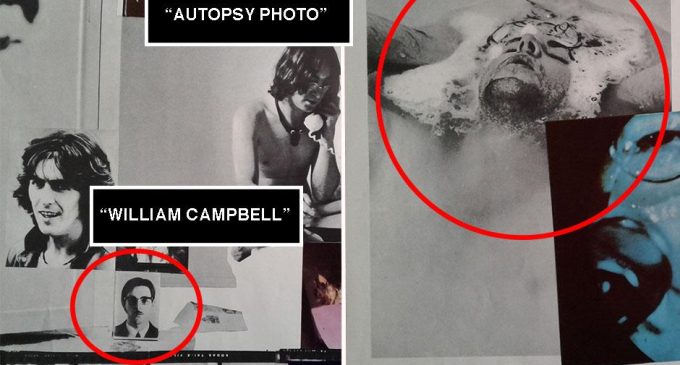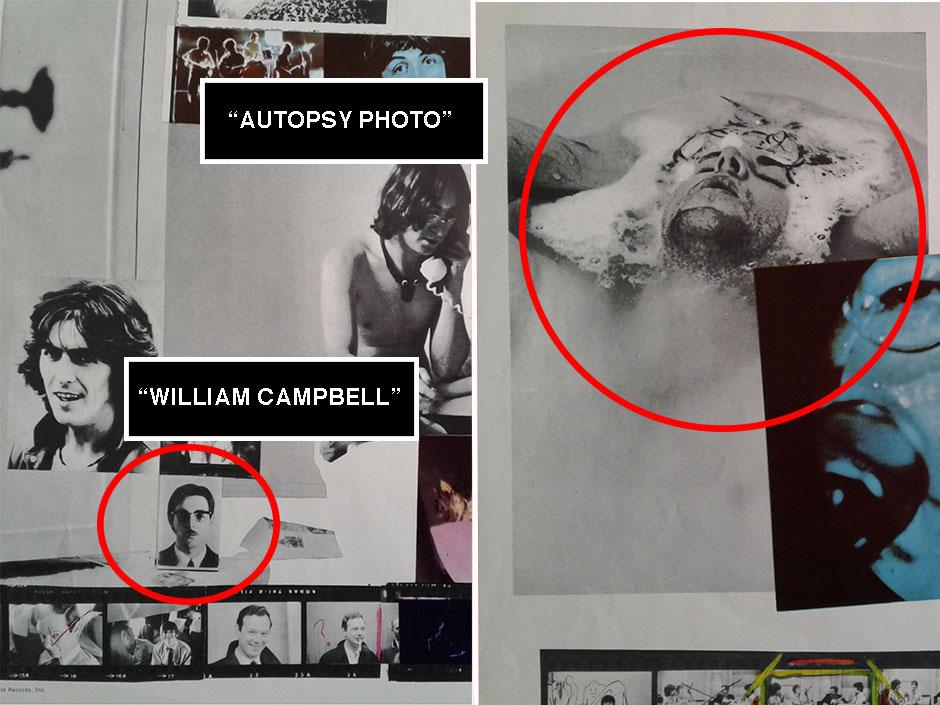‘I buried Paul’: Your guide to the convoluted conspiracy theory that Paul McCartney died in 1966 | National Post

This month marks the 50th anniversary of the release of Sgt. Pepper’s Lonely Hearts Club Band, which means it also marks the golden jubilee of the infamous “Paul is dead” conspiracy theory. This was the popular urban legend that Beatle Paul McCartney had been killed in a 1966 car crash and replaced with an impostor by record executives.It’s obviously wrong, of course. In a world where Milli Vanilli could barely keep their lip synching scam going for more a few months, it seems that somebody would have spoken up by now about the time British record executives railroaded a random civilian into committing global identity fraud.But regardless, the Paul is dead theory remains an excellent example of how a group of dedicated conspiracists can gather surprisingly compelling evidence for a theory — even if that theory is still utterly and completely ridiculous.In a world swimming with pop culture rumours and internet hoaxes, this was one of the first to go viral. Below, the National Post presents your multimedia guide to the “clues” of the Paul is dead theory.
This is a famously busy album cover, so it’s also a rich source of conspiracy leads. There’s an open palm over McCartney’s head, which fans interpreted as being akin to a priest blessing the dead Beatle before internment. While the other three Beatles are carrying brass instruments, McCartney is carrying a cor anglais, a black woodwind instrument. In the corner, next to a doll wearing a “Welcome the Rolling Stones” jumper, is a reddish driving glove symbolizing McCartney’s bloody crash death. A bass guitar made out of flowers in the foreground only has three strings, allegedly symbolizing a dead McCartney as the “missing” string. Hold a mirror over “lonely hearts” in the drum logo and it appears to use numbers and Roman numerals to spell out 11/9 HE DIE — an alleged reference to McCartney’s dying on November 9, 1966. And finally, the whole scene depicts McCartney’s burial. In truth, the album is supposed to depict a burial, but a metaphorical one. The Beatles wanted a psychedelic way to communicate to fans that their mop-topped collarless suit days were over, and that the world should instead prepare for a quartet of sophisticated studio musicians who may or may not enjoy dressing in Edwardian military regalia.
Although it has since become a rock icon, the cover for Abbey Road remains a triumph of lazy album artwork. The Beatles simply walked out of the studio in whatever they were wearing and posed on an adjacent crosswalk. McCartney, notably, didn’t even bother to put shoes on. But fans interpreted the four as representing a funeral procession of sorts: A gravedigger, a corpse, an undertaker and a priest. According to theorists, McCartney’s shoelessness was a nod to the practice of interring corpses without shoes. However, a persistent problem with Paul is dead evidence is that theorists kept referring to symbols for death that don’t really seem to exist. So it is with the shoeless theory; it’s not actually a practice to bury otherwise well-dressed corpses without shoes. “I was walking barefoot because it was a hot day,” is how McCartney explained it. Also, in the background, a Volkswagen Beetle that just happened to carry the license plate “28IF,” interpreted as being a message that McCartney would have been 28 years old in the photo if he had lived.




There are no comments at the moment, do you want to add one?
Write a comment